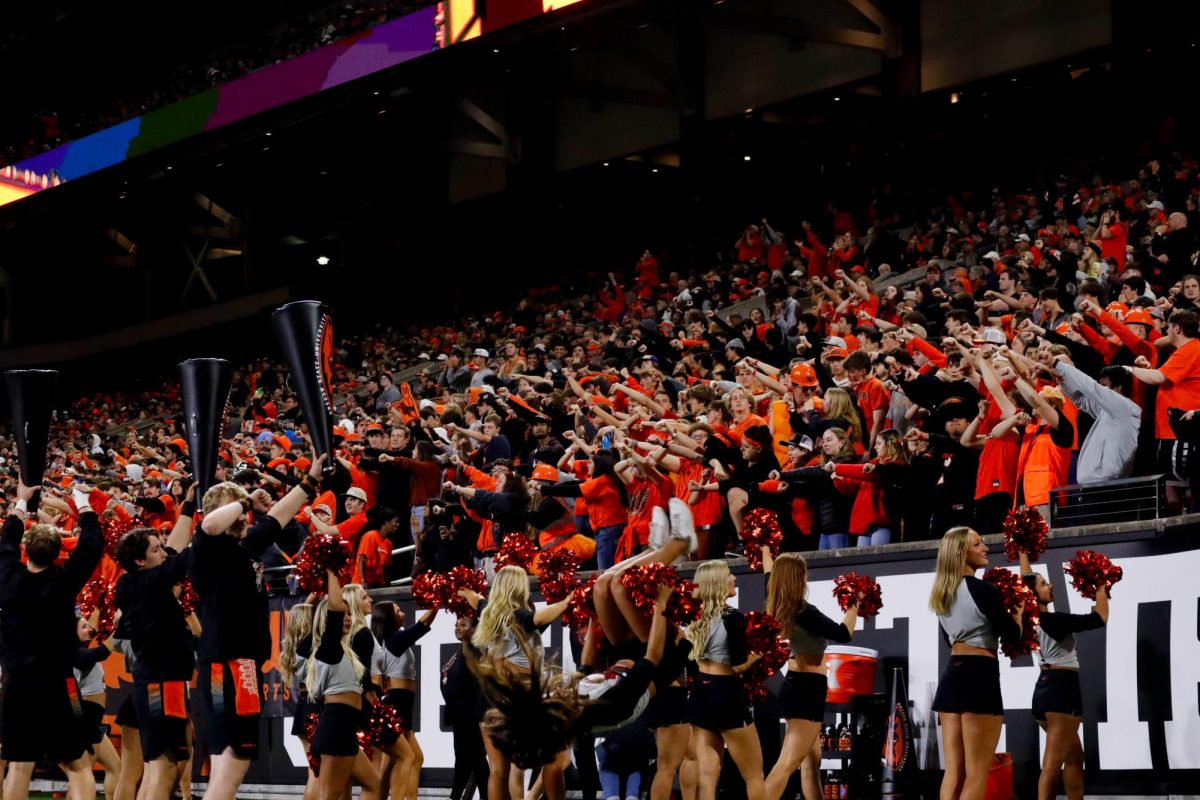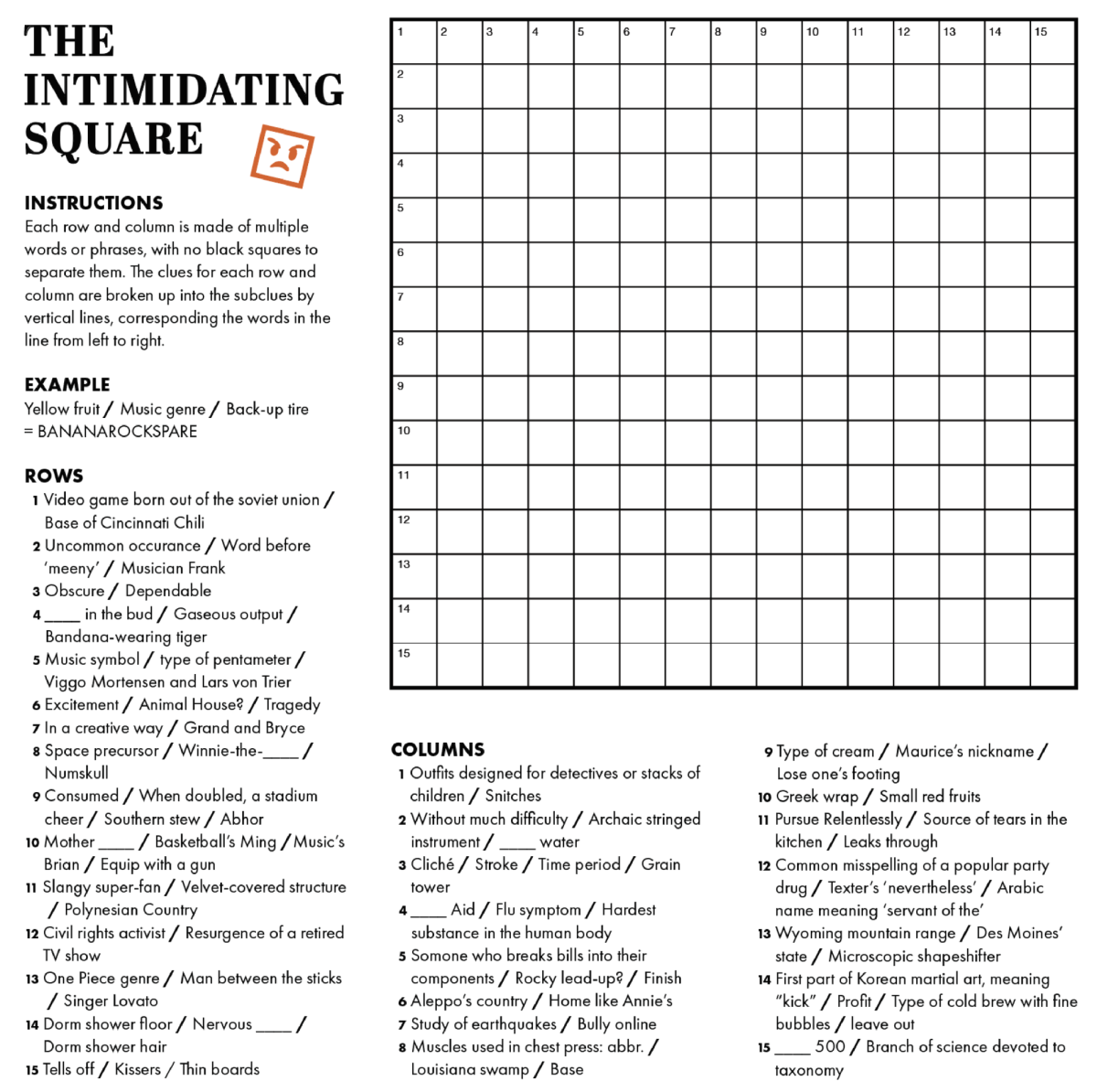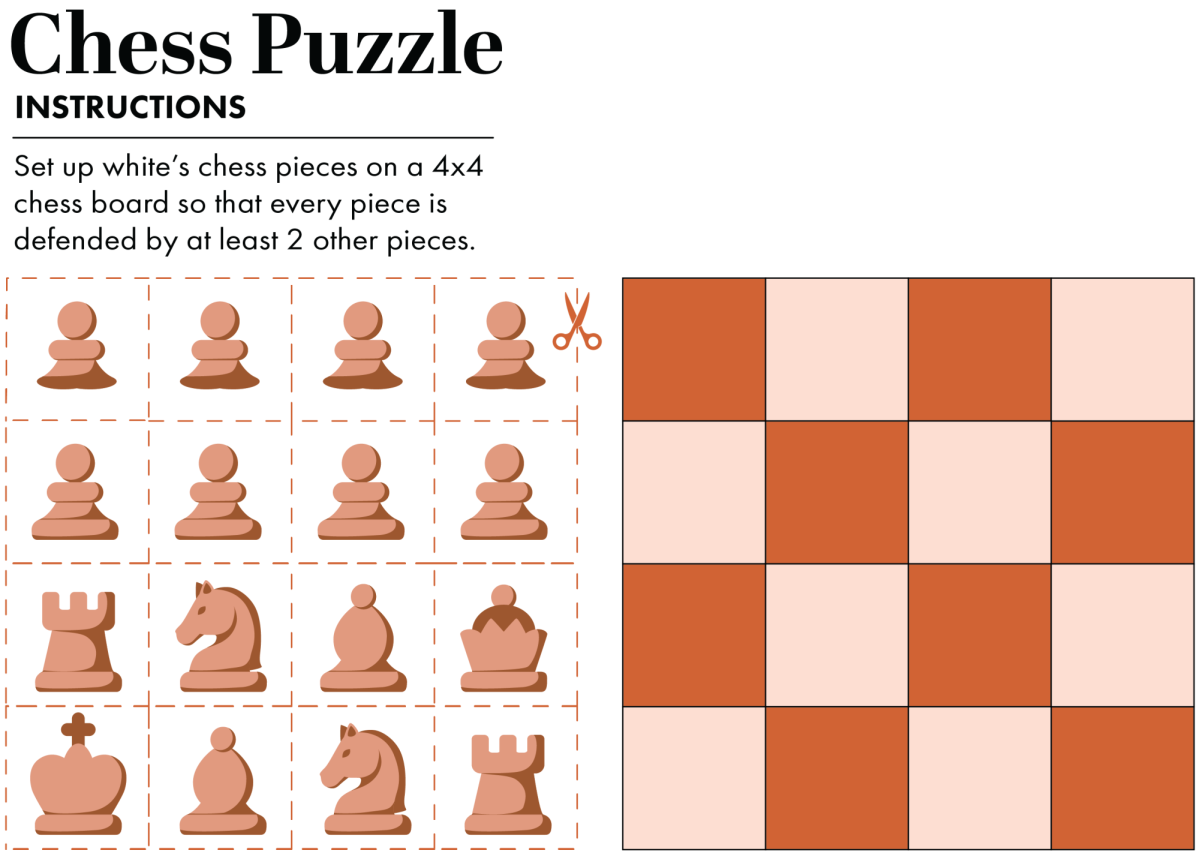Have you ever wondered why sex is everywhere? Song lyrics from musicians like Dojo Cat, Megan Thee Stallion, Ariana Grande and Harry Styles’ song about oral sex, “Watermelon High.”
There are numerous movies and television shows with the word ‘sex’ in the name – Sex Education, The Sex Lives of College Girl and Sex/Life.
Social media is rife with sexual (yet moderated) imagery, and pornography is a quick online search away.
But if tasked with doing so, can OSU students accurately label their sexual anatomy? Do you know how it all functions together? The likely answer is no.
At best, the average college student might know the basics, or at least the medical terms for their external genitalia.
Why is this the case? Is it your parents’ fault? The fault of a school district that only focused on an abstinence-based approach to teaching you about your developing bodies, where students were segregated by gender in the fifth grade and boys learned about wet dreams, whilst girls learned about periods and menstrual products?
The answer is none of the above.
We need to go further back than that–way back!
We must start in the 1600s when the Puritans came to America to set up a biblically based society. They believed it was up to the community to uphold morality and they tolerated sex within the confines of heterosexual marriage. In that era, sex was largely for procreation.
Fast forward to the Moral Purity movement of the 19th century; it’s no surprise that by the time we started implementing sex education programs in the United States in the 20th century, these programs were heavily influenced by people’s faith.
More than half of Americans currently identify as Christian, and while we have the separation of church and state, it is of no surprise that our current efforts at educating students is heavily influenced by the majority’s faith-based beliefs.
This even trickles down into politics. The simple matter of who is President of the United States impacts the type of funding and types of sexual education programs offered to students in K-12 settings throughout the country.
Confounding sexual education more so, is in the U.S., each state is responsible for developing their own sexual education programs.
By the time teenagers graduate from high school, approximately half have had sex and many more have been exposed to sexuality through the media. It’s shocking, and not everything they’ve seen in the media or online is accurate.
Educating youth about human sexuality can be tricky terrain, as most religions encourage or mandate that the act of sex should be saved until marriage, and many only permit heterosexual hanky-panky.
Regardless of your faith or spiritual beliefs, all people, at the bare minimum, should be empowered to understand their own bodies.
The research is clear; abstinence-only programs are not effective. In one large, controlled study, teens who took virginity pledges (vowing to wait until marriage through a public-facing program), had no less sexual activity than teens who did not.
Comprehensive sexuality education programs are most effective when implemented by caring, curious, and educated teachers. They should help youth to develop a positive view of sexuality whilst supporting them in learning skills and factual information.
These types of programs discuss the risks of sex, but also share information about contraceptives with students. The benefit of this is when teens do feel ready to have sex, they are making more informed decisions to protect themselves and their sexual partners.
As I’ve said before, human sexuality is about so much more than the act of sex. It’s anatomy, physiology, gender roles, communication, sexual scripts, consent, healthy boundaries, sexual orientation, pregnancy, love, and more.
Being educated on human sexuality has many practical benefits:
- You can educate others and dispel common myths!
- You’ll lessen your chances of an unwanted pregnancy or sexually transmitted diseases.
- You’ll understand the diversity of human experience which will foster empathy and understanding of others as well as yourself.
- You’ll learn about healthy relationships and expectations. This can lessen your chances of tolerating an abusive or unhealthy relationship in the future.
- If you know about the structure and function of genitalia, you and your partners can experience more pleasure and have more satisfying sexual relationships.
So, whether your Christian, Agnostic, Muslim, Atheist, Jewish, practice other spiritual beliefs or don’t follow any spiritual systems, you can thank the Puritans for laying the groundwork of our current system of sexuality education in U.S. schools.
Do you have questions for the OSU Sexpert? Use this link with your OSU credentials to submit an anonymous question.

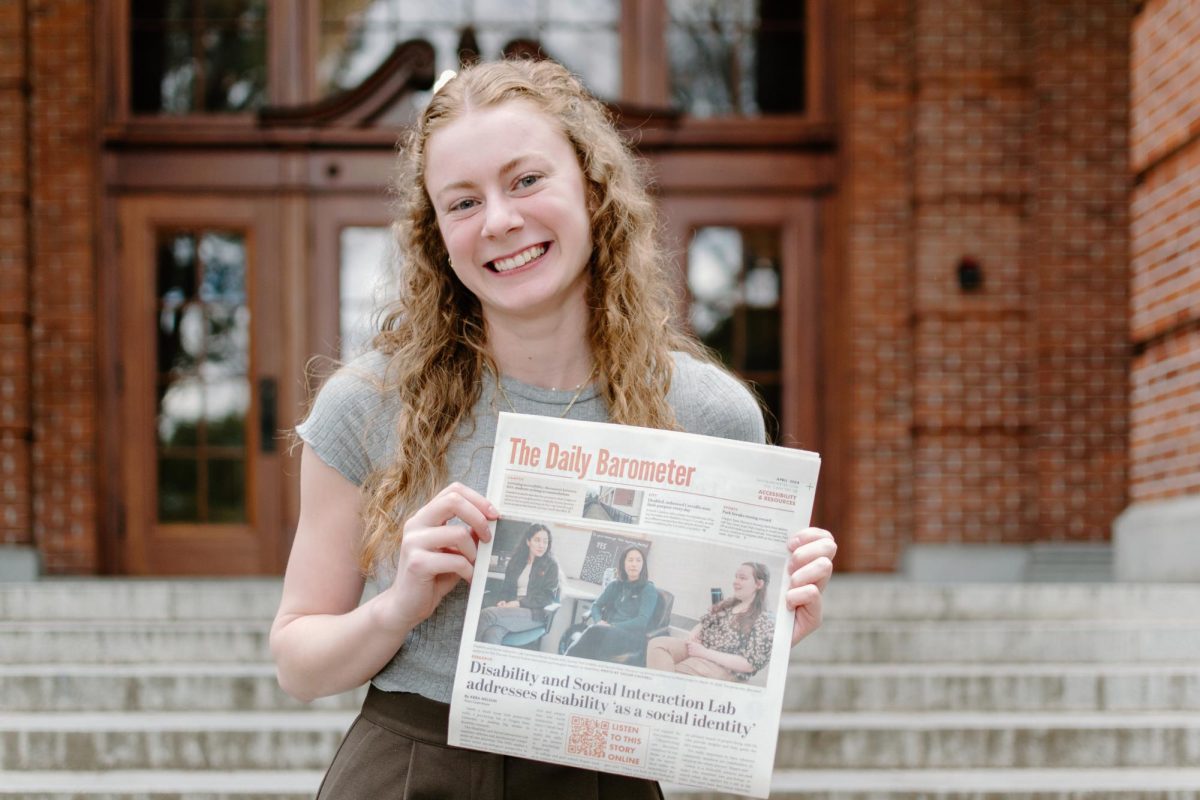

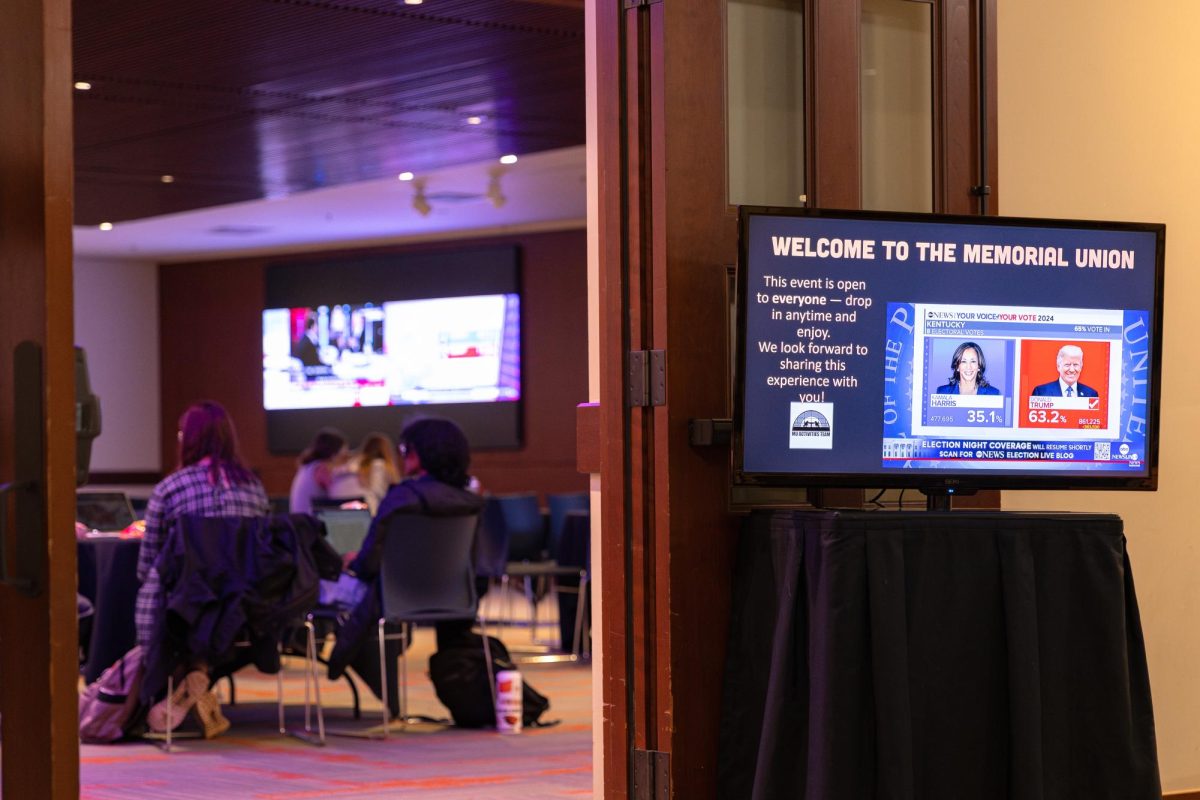






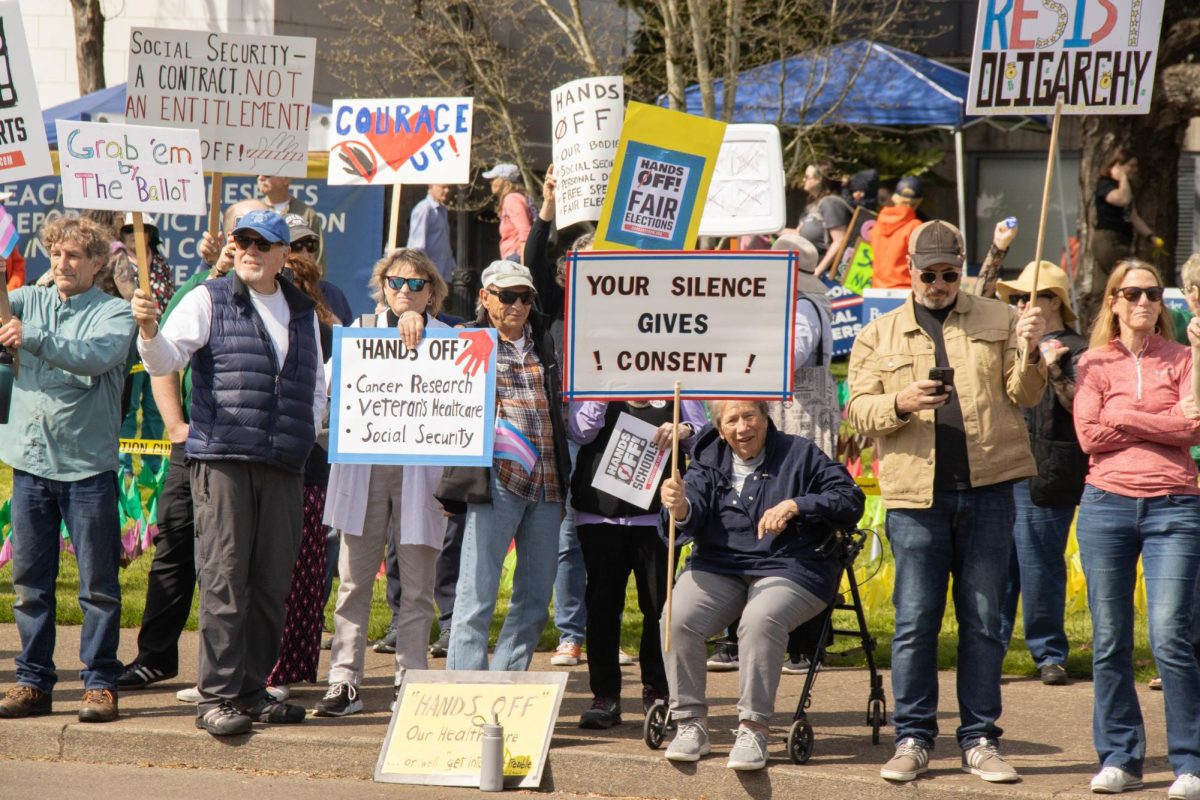











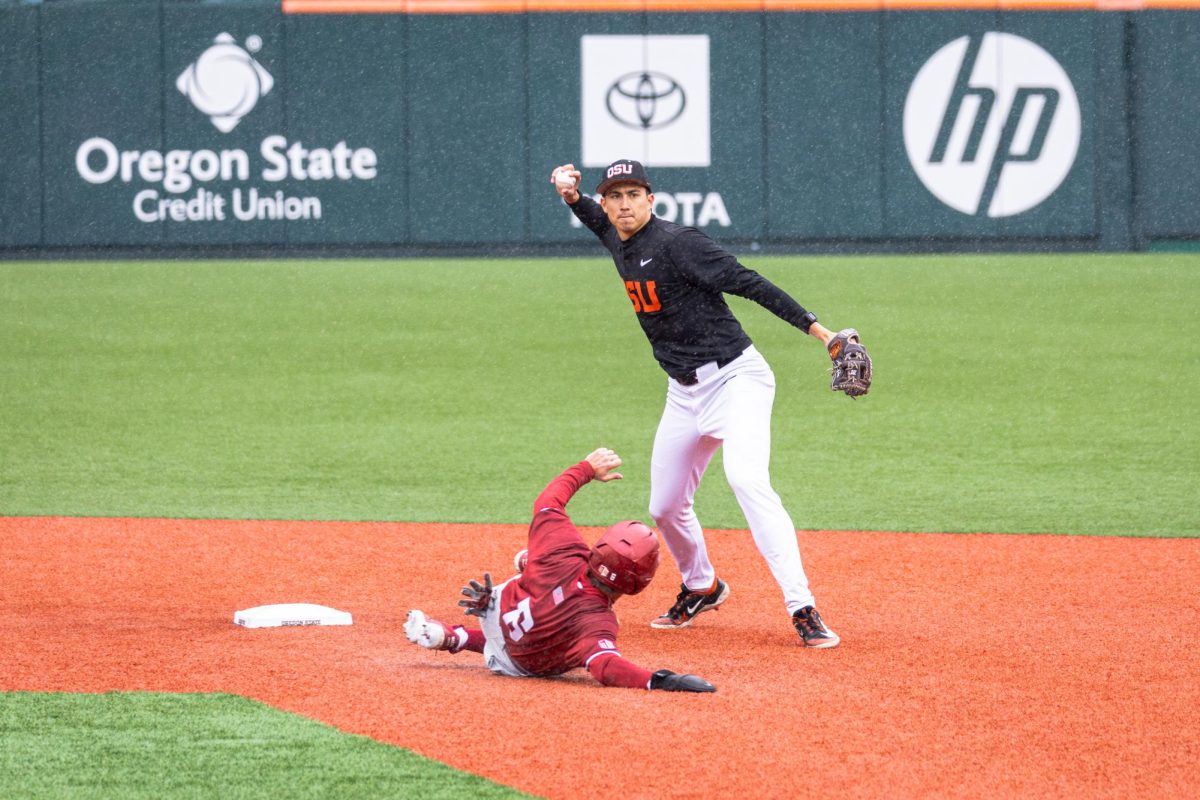























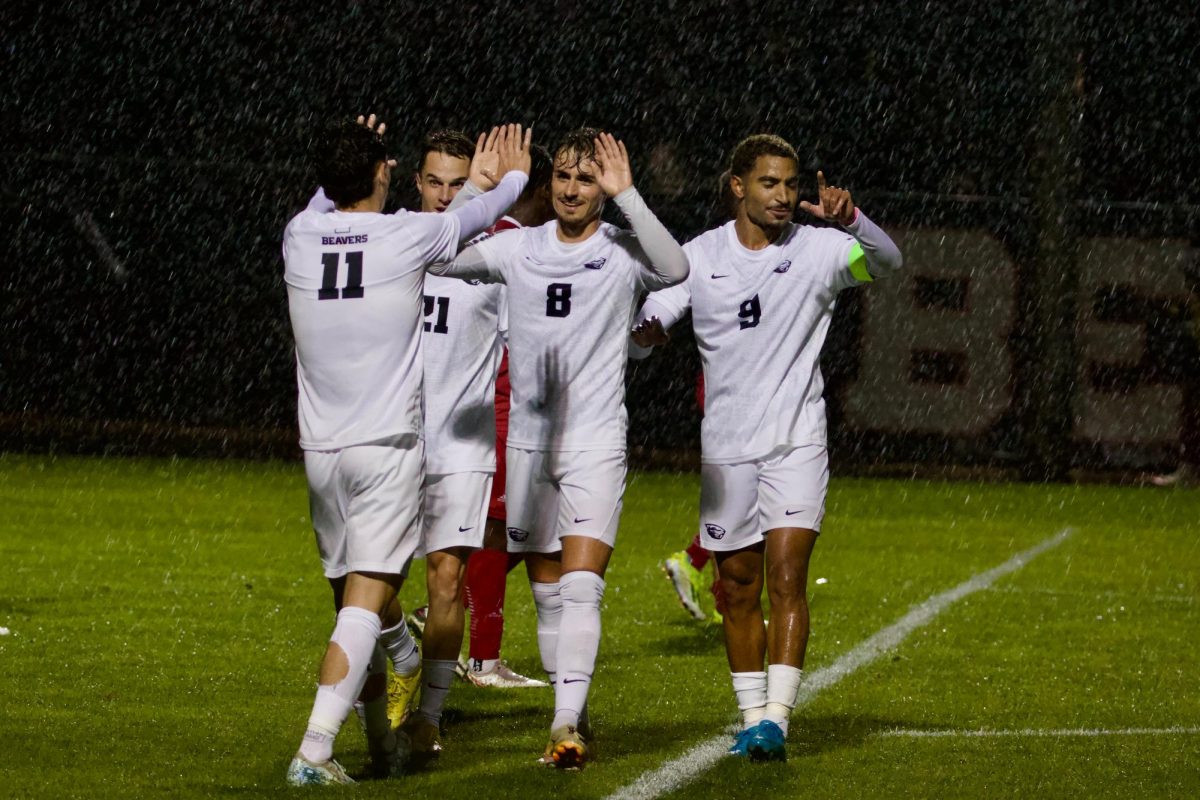




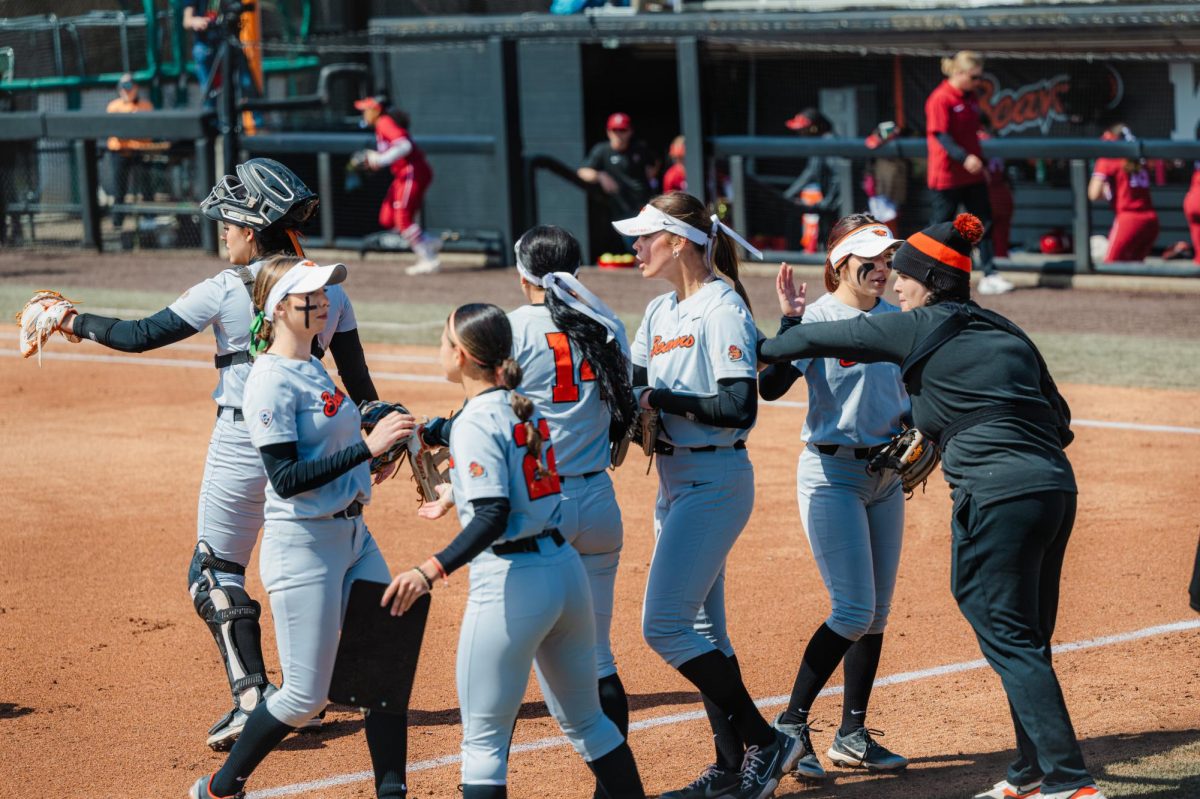




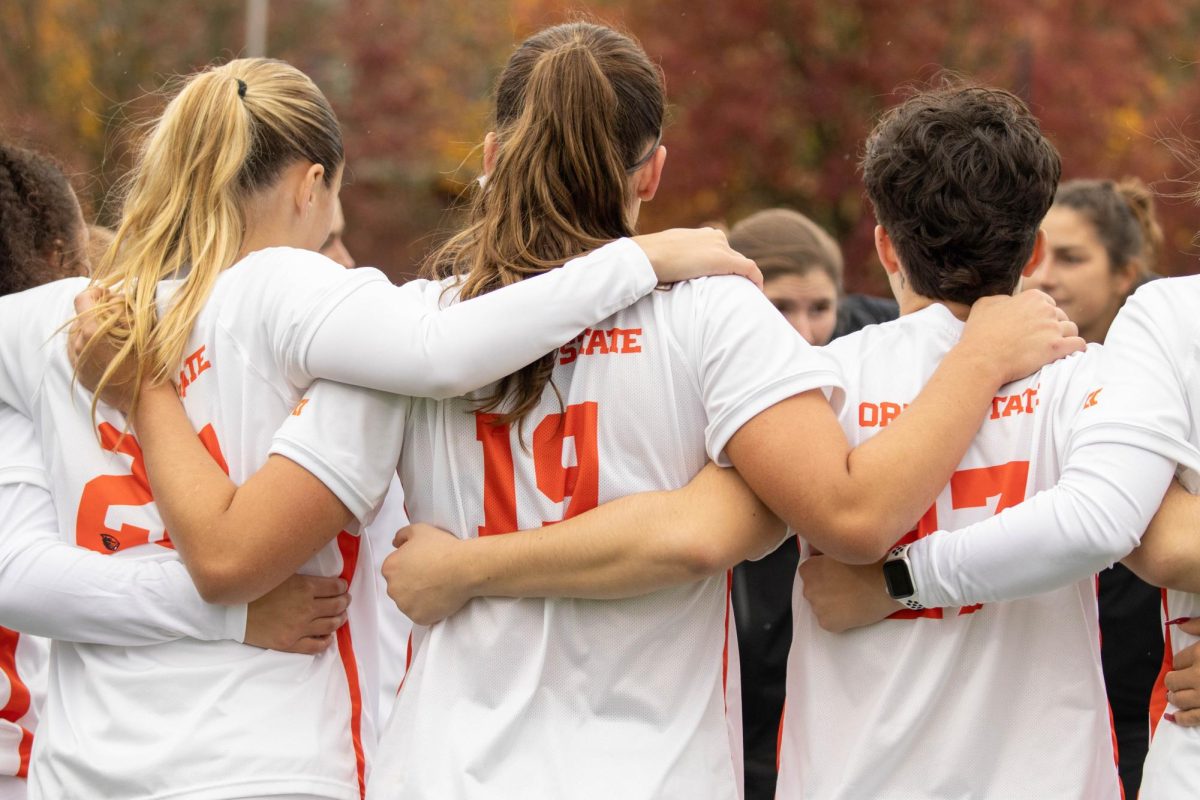
















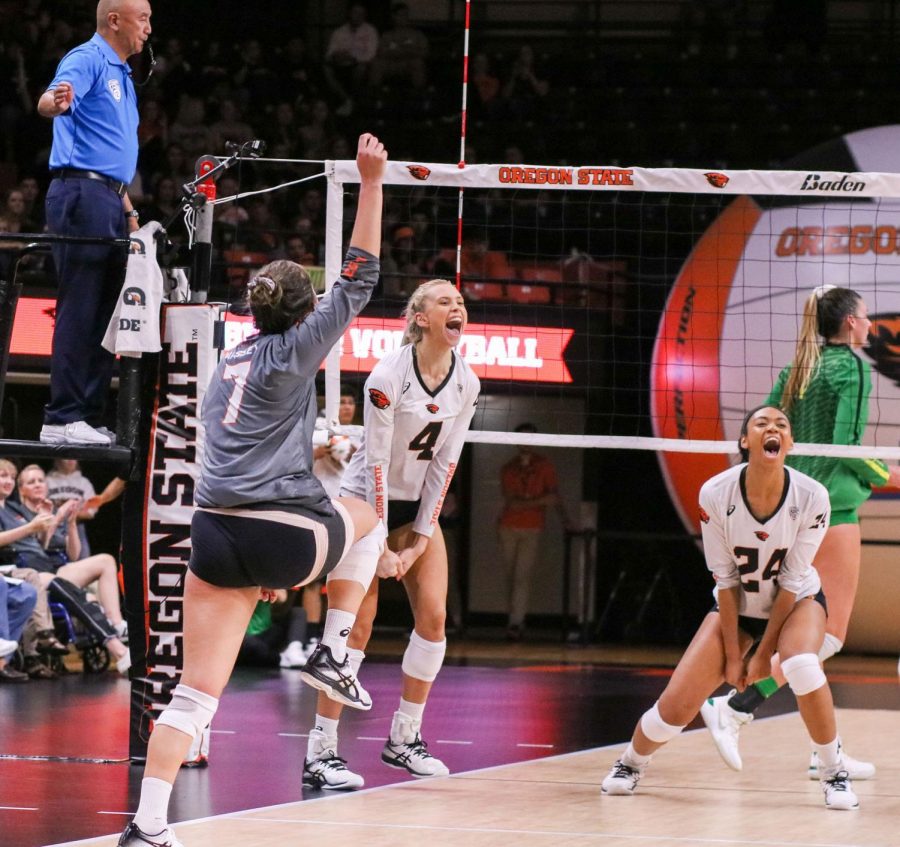










![Newspaper clipping from February 25, 1970 in the Daily Barometer showing an article written by Bob Allen, past Barometer Editor. This article was written to spotlight both the student body’s lack of participation with student government at the time in conjunction with their class representatives response. [It’s important to note ASOSU was not structured identically to today’s standards, likely having a president on behalf of each class work together as one entity as opposed to one president representing all classes.]](https://dailybaro.orangemedianetwork.com/wp-content/uploads/2025/03/Screenshot-2025-03-12-1.00.42-PM-e1741811160853.png)









